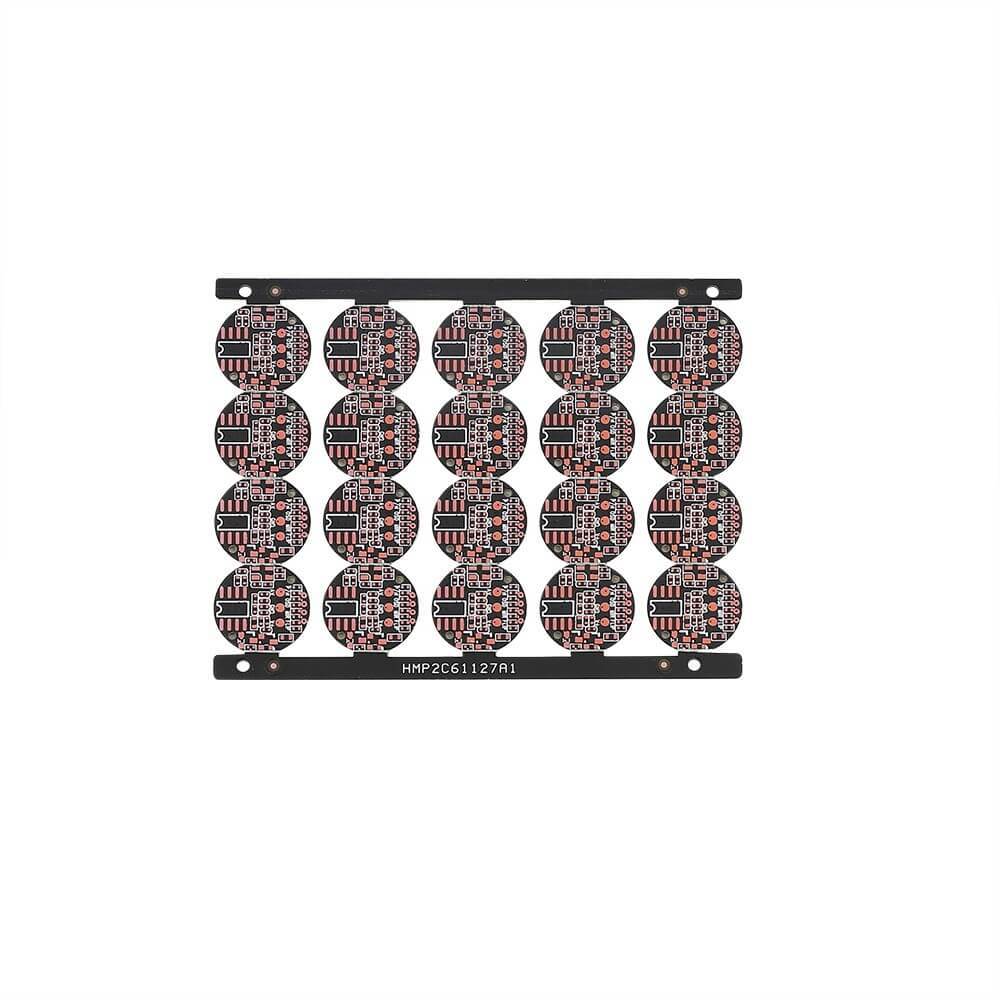The varieties of medals and badges are generally determined by their different production processes. The most common production processes for medals and badges include enamel, paint, imitation enamel, stamping, screen printing, die-casting, etc. Today, we will introduce different production processes and their characteristics.The above conclusions show that custom medals for awards To a great extent, it can bring new vitality to the market and make the industry develop well. https://www.karonmetal.com
1. Production process – enamel
As the most advanced coloring process, enamel is said to have been first recorded in the Yuan Dynasty, was most refined in the Ming Dynasty, and was already flourishing in the Qing Dynasty. Enamel badges, also known as cloisonn└ badges, are colored with enamel powder on red copper (purple copper). The color is dark and single, the cost is high, and it is fragile and cannot be knocked or faded by gravity. However, because of its strong color fixation and long preservation time, it is generally chosen to make commemorative medals that need to be preserved for a long time without fading, badges, medals, medals, etc. for state organs, military police, etc.
2. Production process – imitation enamel
Imitation enamel badges are generally colored with resin paint. The color is brighter than enamel and can be made of copper, zinc, alloy, etc. as the base material, with a strong sense of concave and convex. Soft enamel badges and resin are coloring materials developed by foreign experts. The surface can be plated with various metal colors such as gold and nickel. It is smooth and delicate, giving people a very noble feeling. It is suitable for high-end badge customization, mid-to-high-end commemorative medal production, commemorative medals and other exquisite products.
How to distinguish enamel from imitation enamel: Real enamel has a ceramic texture, less color selection, and a hard surface. Puncture the surface with a needle will not leave marks, but it is easy to break. Imitation enamel is soft, and a needle can pierce the fake enamel layer. The color is bright, but it cannot be preserved for a long time. After three to five years, the color will turn yellow after high temperature or ultraviolet radiation.





